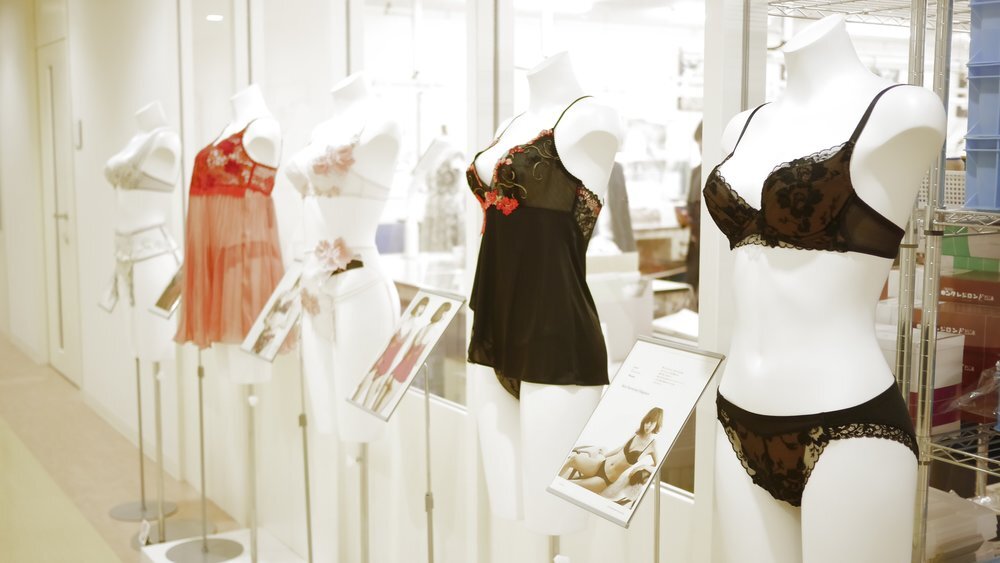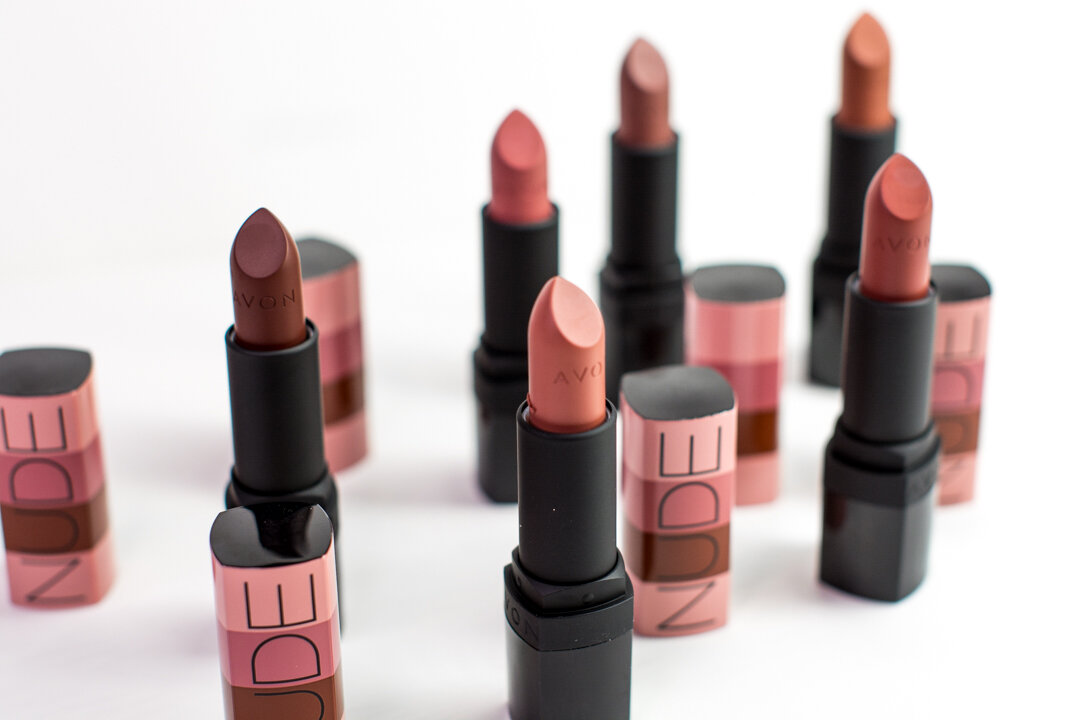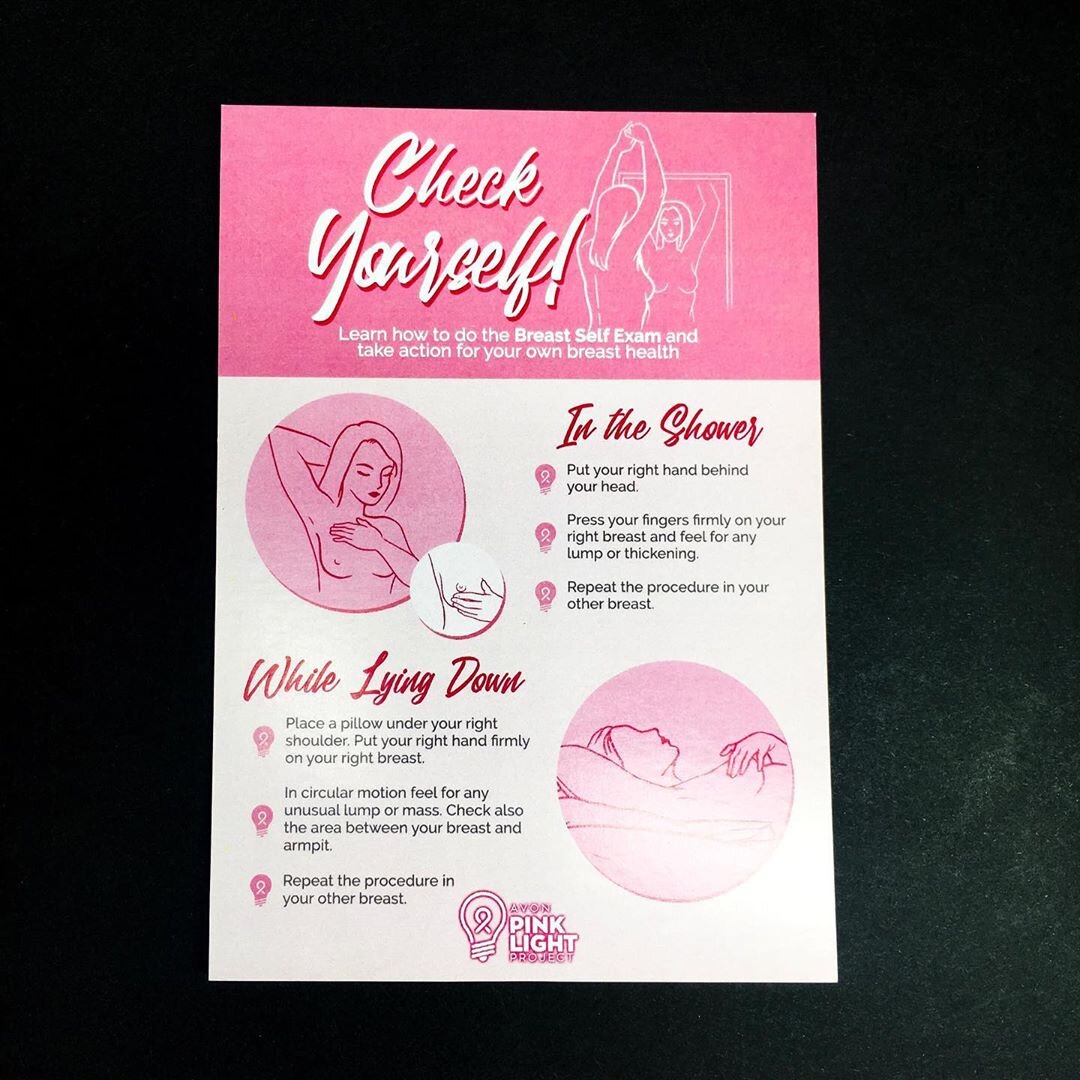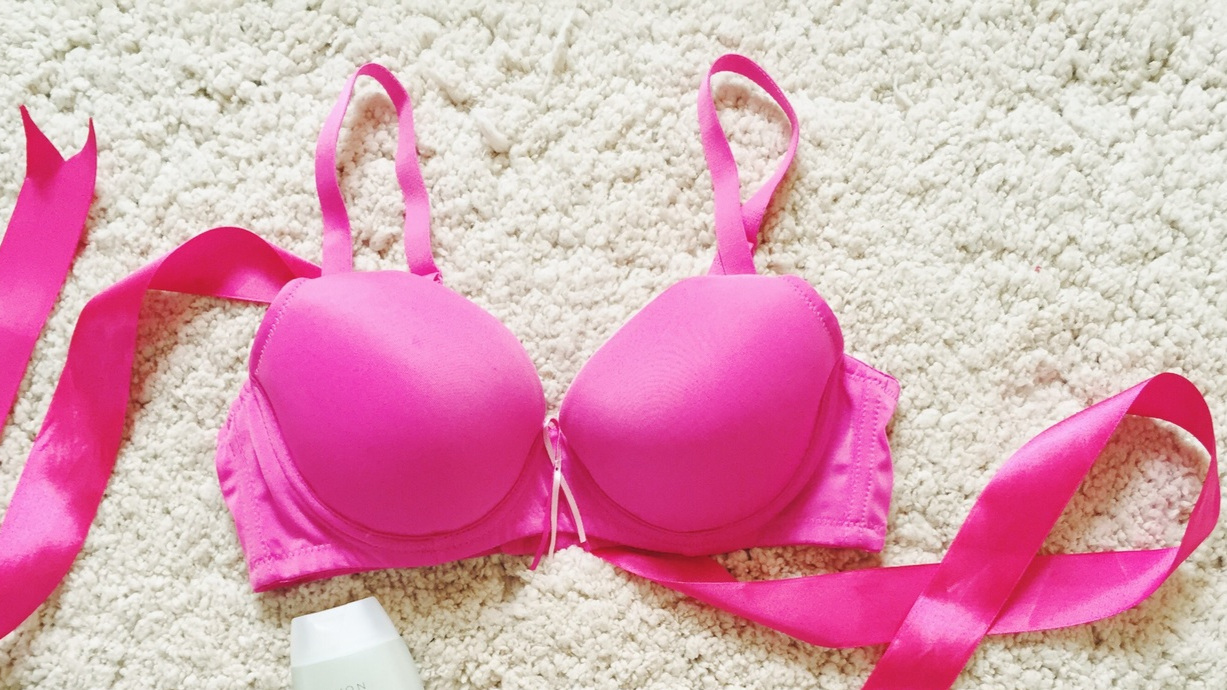Seven boob truths that everyone should know about
Growing up in a conservative environment, I wasn't taught much about my body. All I knew about breasts were that they start to grow when a woman hits puberty, that you should wear a bra when they do, and that they were a food source for babies. There were no other explanations or discussions, so I had a lot of unanswered questions when I began to notice the changes in my body. No one was willing to talk to me because boobs were and often still are treated as a taboo topic in the Philippines.
It was only later on that I learned more about my body from talking with my friends and no-filter discussions with the other PV girls. Because October is Breast Cancer Awareness Month, we decided to share that discussion here and hopefully encourage talking about female health and sexuality as normal and healthy. If you've ever wondered if your boobs are normal or not, this article is for you.
Pink nipples are normal, and so are other colors
Don’t be fooled into believing that pink nipples are the only color available! Much like our eye color or skin color, nipples come in different shades of pinks to browns. Some people have naturally light pink ones, while others have them in a deep, dark brown. That's why the recent meme about your nipple color being the perfect nude lipstick shade for you isn't always true!
Additionally, areolas (the pigmented area surrounding the nipple) can naturally change its color depending on a woman’s age, hormone levels, or whether you’re pregnant or breastfeeding. They also usually darken with age.
The darkening of both areolas are normal, but if the color change can only be seen on one breast, then it is best to consult your doctor and have it checked.
Fun Fact: Did you know that the Benefit Benetint was originally created to be used as a nipple tint?
There are "innie" and "outie" nipples, too
Nipples that revert in instead of protruding out are called inverted nipples. It's also possible to have one of each kind! Whichever one you have is perfectly normal - if it has been like that ever since you can remember. But if you suddenly notice having inverted nipples when you didn’t have them before, it's best to schedule an appointment with your doctor to check for the possible cause and ensure that there no negative changes.
Boobs come in all shapes and sizes
Genetics play a big factor in your boob shape. They can be round or long or teardrop-shaped or facing outwards. If you take a look at your female relatives, chances are that you’ll find someone with the same overall shape as you! If you feel like they sag more than other people your age, you can also check other factors. Apart from aging, cigarette smoking, pregnancy, and sudden changes in body weight can also cause your boobs to sag.
Saggy boobs are normal and no less "beautiful" than perky ones, but if you don't feel comfortable with how they look, wearing the right bra can do wonders! The correct fit and design gives you control to push and perk your breasts up.
If they're much too saggy or large to find a good bra fit, you may want to ask a doctor about considering surgical interventions. Large, heavy boobs can cause back pain and other issues so choose what will be the best for your health and makes you happy!
They are also sisters, not twins
Much like how eyebrows are rarely the same shape and size, our boobs can also be asymmetrical. Some are just naturally that way for no reason at all, while others may experience it as a result of scoliosis, a spinal deformity that can make one side of the ribs protrude more than the other, thus making one breast appear larger than the other.
Confused about how to buy a bra when you have different cup sizes? Give preferential treatment to the larger boob and base your measurements there. It's better to have a loose cup (over the smaller boob) than a too tight cup (for the larger boob).
Again, having uneven breast sizes is normal but if it there's a sudden increase in size, texture, or density, make an appointment with your doctor.
Exercise won't give you bigger boobs
“I must, I must, I must increase my bust!” I remember hearing this Judy Blume rhyme from classmates who tried to make their boobs bigger by pumping their arms across their chest. As mentioned earlier, breast size depends on genetics - so exercising isn't going to change that.
Breasts are mostly made of fat, which is why people who gain weight also get bigger boobs, and those who lost weight also need to move to a smaller cup size. Working out the pectoralis major muscle underneath (aka, pecs) will not increase breast size per se. But exercise is good for keeping your body fit and strong, and a flatter tummy can make your breasts appear larger.
Bras are optional
While my conservative upbringing will never let me out of the house without a bra on, you don't actually need to wear one! It all boils down to user preference!
If your boobs are heavy or jiggle too much while exercising, a bra that supports your girls will make them feel more comfortable. On the other hand, if you aren't "well-endowed", you can probably get away with using a thin bralette or simply skipping the underwear entirely! Wearing a bra can help shape your boobs, but it won’t keep them from sagging.
Sore boobs are a sign of PMS
Breast soreness when you’re about to get your period is normal, but not for everyone! Some women can feel the pain over a series of days while others never experience this at all.
Women undergo a series of hormonal changes per month as the body prepares to get pregnant. If she doesn’t get pregnant, menstruation occurs and this triggers the release of progesterone. This hormone stimulates the growth of the “milk glands” which makes breasts swell and feel sore.
To manage the discomfort, simply apply warm compress to the area. A sports bra is also good for proper boob support. If you find the pain disturbs your daily activities, keep a journal of all the times you feel this pain and report it to your doctor so they can determine the cause, and prescribe medications to deal with the pain.
It's never too early to fight the big C
Breast cancer often runs in families, so if you have a grandmother, mother, aunt, or sister with breast cancer, the chance of you getting it as well increases. If that's the case, your doctor may recommend yearly exams and tests to monitor your breast tissue. Mammograms are typically prescribed by the age of 30 but may be considered for women whose relatives discovered the disease early.
Remember that men are also not spared from getting breast cancer, so it's also important for them to know what their breasts feel and look like to track of anomalies.
According to the Philippine Cancer Facts and Estimates published in 2015, breast cancer is the leading site of cancer for BOTH sexes combined in our country, and is first for females. It is also the leading cause of cancer deaths for females.
Breast self-examination is easy to learn and do at home, and while it's not very accurate, it can be helpful for monitoring for changes. If detected early through different screening procedures such as a mammogram or a breast ultrasound, breast cancer survival rate increases as this is easier to cure during the early stages!
So I hope we answered some questions and busted misconceptions about boobs! It's important to be able to understand and appreciate our bodies, and to do what we can to keep it healthy. Take a few minutes to do the self-exam on a monthly basis, don't be afraid to see a doctor, and share this article for your friends to learn the same.















